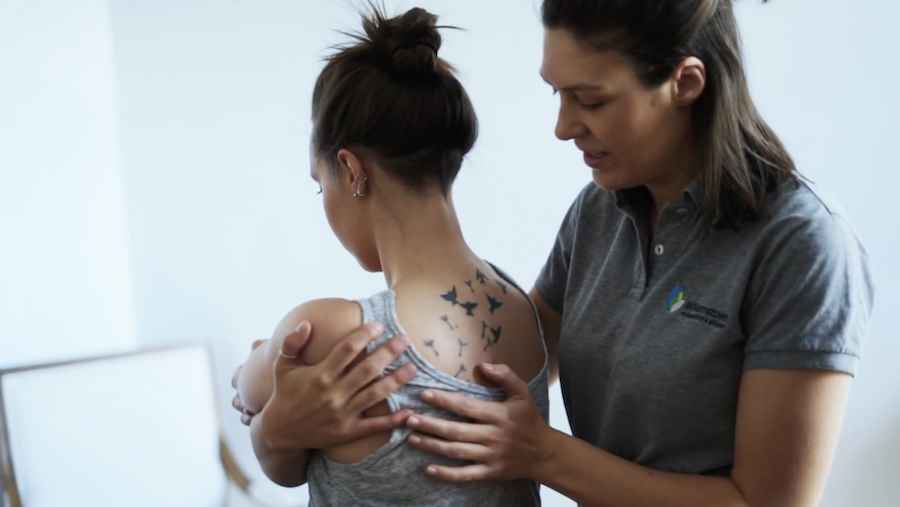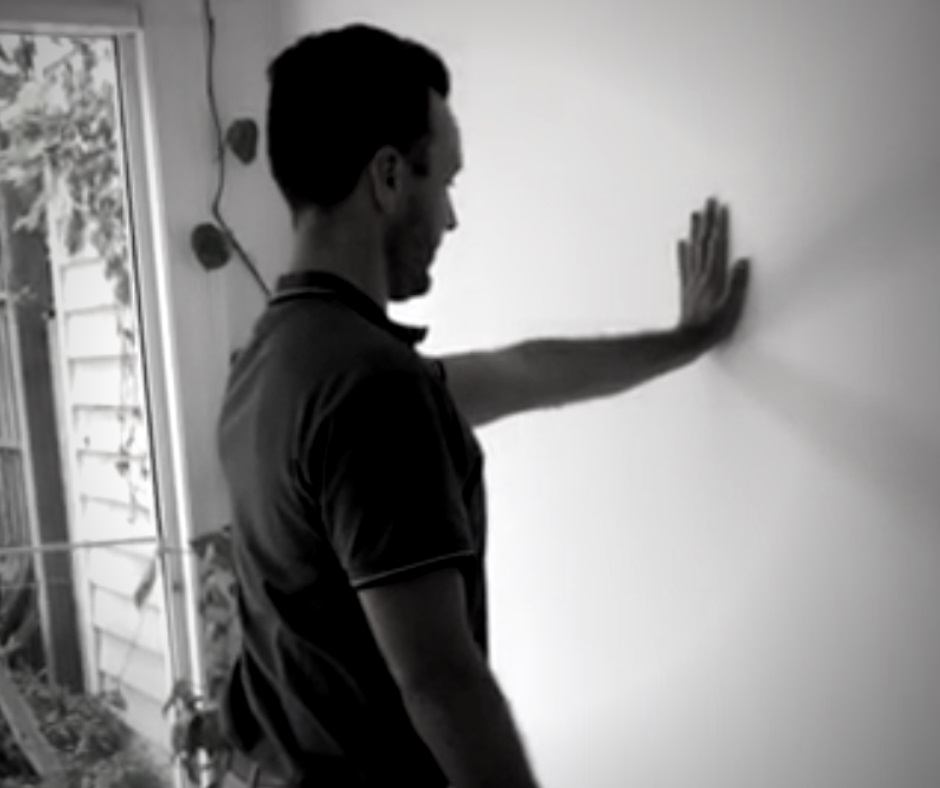Celebrate Osteopathy Awareness week with us…
Osteopathy has come a long way in Australia in the last 20 years since Osteopath and founder of Williamstown Health and Lifestyle Cliff Butler graduated from university. Osteopathy has grown in public perception and popularity and clinics such as ours continue to set the tone for best practice in helping communities achieve optimal health and well-being.
Osteopath Sam takes a moment during Osteopathy Awareness Week 2021 to explore where we have come from and how Osteopathy differs from other allied health approaches.
Osteopathy was founded by Andrew Taylor Still in the late 1800s. At the time Still, the son of a surgeon believed that some medical treatments were not only ineffective but could also often be harmful (1). He believed that to achieve optimum health all parts of the neuro-musculoskeletal system should be considered. His different approach to health care soon became highly sought after.
In 1892 Still created the American School of Osteopathy. The first wave of 22 students was made up of both men and women. The first osteopathy course ran over two years and included in-depth teaching of anatomy and physiology (1). Since then, it has dramatically expanded.
Osteopathy has now been practiced in Australia for over 100 years. It is an established allied health service and is recognised as the fasted growing health profession in Australia (2). To become an osteopath in Australia students are required to complete five years of tertiary education which includes a significant focus on anatomy, physiology, pathology, general healthcare diagnosis, and osteopathic techniques (2). Once qualified most osteopaths work in private practice or multidisciplinary clinics. However, with the growth of osteopathy in Australia, we are now seeing the expansion of opportunities, with some practitioners working in age care facilities, rehabilitation centres, chronic pain management, and even in professional sporting clubs (2).
What do osteopaths treat and what should I expect on the first consultation?
Osteopaths focus on the neuro-musculoskeletal system meaning bones, muscles, nerves, and other tissues that support your body and control its movements (2). Osteopathy aims to employ a holistic approach to ensure that we are finding the direct cause of your pain. For example, if you are seeking treatment for your hip pain it is more than likely that an examination of your hip, back, pelvis, knee, and even your ankle will be conducted.
Your first osteopathy consultation is going to be slightly longer where an extensive history will be taken. This will include a history of your current complaint, an overview of your past medical history, and a full-body examination. The examination will include the practitioner taking you through a range of movements, orthopaedic testing, and diagnostic muscle and joint palpation. This examination aims to assess if your familiar pain is/can be reproduced, as well as assessing the muscles and joints for any restrictions that could be contributing to your complaint.
Following the assessment, treatment will be aimed at decreasing your pain, increasing your range of motion, and increasing strength to assist in avoiding re-aggravation of pain. Education is a crucial part of your treatment; you will be educated on your diagnosis, why they believe it to be happening, their role and plan in aiding your recovery, and the time frame we can expect to see symptomatic relief. Traditionally, osteopaths employ manual therapy techniques including soft tissue massage, myofascial release, joint articulation, and mobilisation (2). Your practitioner may include movement, postural and positioning advice, ergonomic assessment and advice, as well as rehabilitation exercises (2). You may even be provided with imaging or specialist referral to optimise your care.
What is the difference between an Osteopath and a Physiotherapist?
One of the most common questions we get asked is ‘so what’s the difference between osteopathy and physiotherapy?’ To some, the difference between osteopathy and physiotherapy may be subtle. As time, research and education of practitioners evolve, the gap in which practitioners examine, treat, and manage patients reduces. The comparability of the two professions is unsurprising as they commonly treat similar conditions. However, the differences arise from the founding philosophy of the professions.
As previously mentioned, osteopathy consists of a holistic manual therapy approach where there is an emphasis on hands-on techniques often inclusive of joint manipulation. Physiotherapy, however, commonly takes a more local approach to treatment and believes the return to pain-free structure and function comes from clinical exercise-based programs. Like osteopaths, physiotherapists commonly work in private practice, however, they also have opportunities to work in the hospital setting and are strongly involved in the rehabilitation of patients with post-operative musculoskeletal complaints.
At Williamstown Health and Lifestyle, we engage in multidisciplinary care to optimise your recovery and to get you back doing the things you love.
Sam Volarich
Osteopath
References:
- History of Osteopathy | Institute of Osteopathy [Internet]. Iosteopathy.org. 2021 [cited 1 May 2021]. Available from: https://www.iosteopathy.org/the-io/history-of-osteopathy
- Osteopathy Australia’s collection of resources on osteopathy in Australia. [Internet]. Osteopathy.org.au. 2021 [cited 1 May 2021]. Available from: https://www.osteopathy.org.au/about-osteopathy




